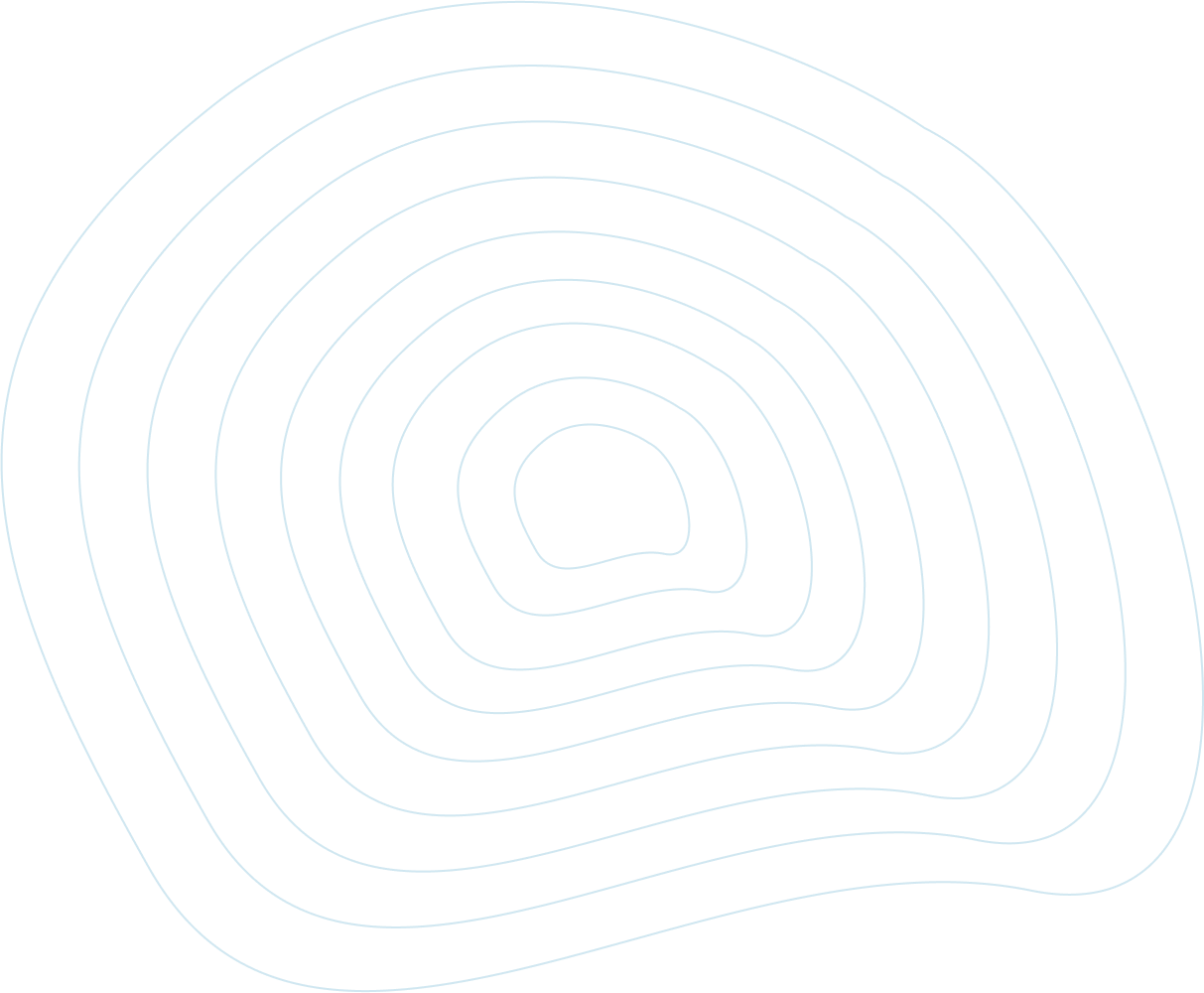


Did you know that there are different types of stress? We typically assume that stress has a negative connotation; it is detrimental to our wellbeing, and we need to find ways to alleviate it. However, there is another type of stress which leads to healthier outcomes, eustress. It Is defined as stress that leads to a positive response. It is the opposite of distress and can refer to any type of beneficial stress, whether physical or psychological. It is often referred to as “positive stress,” as it can contribute to feelings of optimism and drive. People often find this type of stress to be manageable, and motivational as it helps them achieve their goals.
Although the physiological symptoms of eustress can mimic those of distress: pounding heart, sweaty palms, racing thoughts, you might also feel excitement or a sense of anticipation. Whereas distress is associated with feelings of anxiety or fear, eustress is likely to cultivate feelings of excitement and optimism.
There are several ways that eustress can impact our lives. For example, it may
The understanding of this distinction can be beneficial in identifying the type of stressor we are experiencing. For example, if we view a stressor as a challenge vs. a threat, our response can be significantly different. However, it is not always simple and can require practice and the intentional use of strategies such as using positive self-talk, focusing on what we can realistically control, and adjusting our mindset to approach stress as a challenge so we can deal with it efficiently.
Written by Saleka Kabir, M.S.